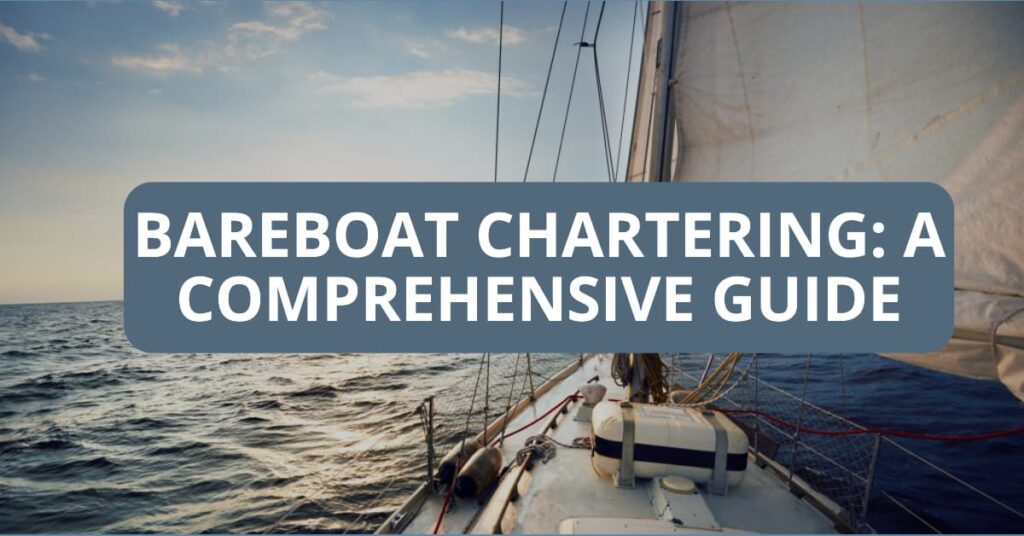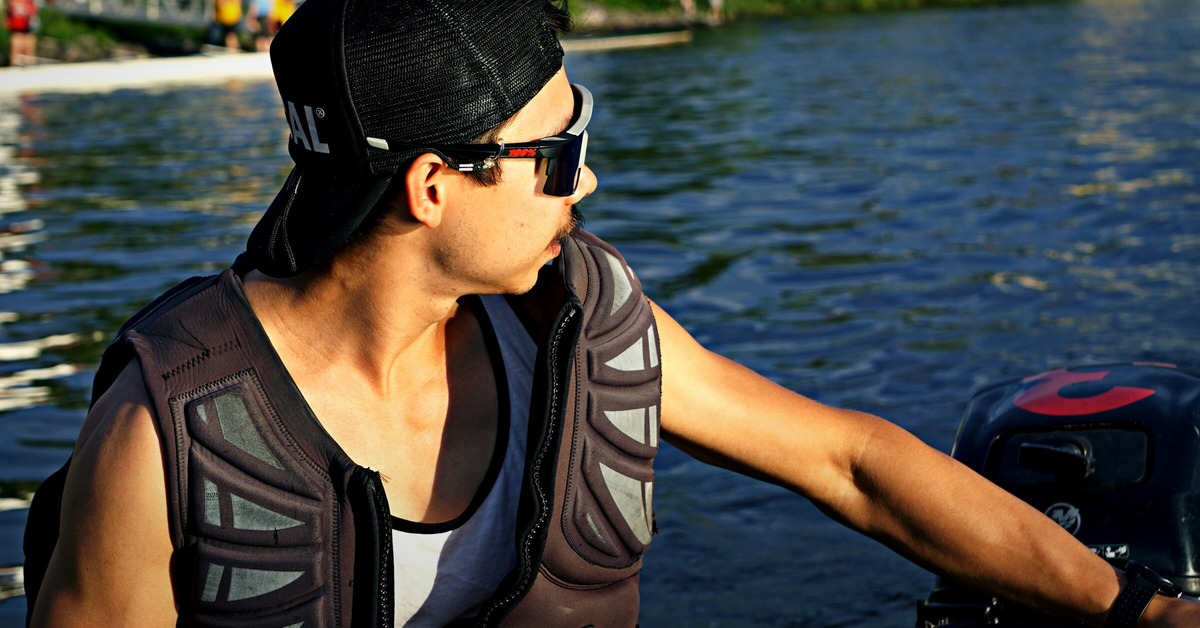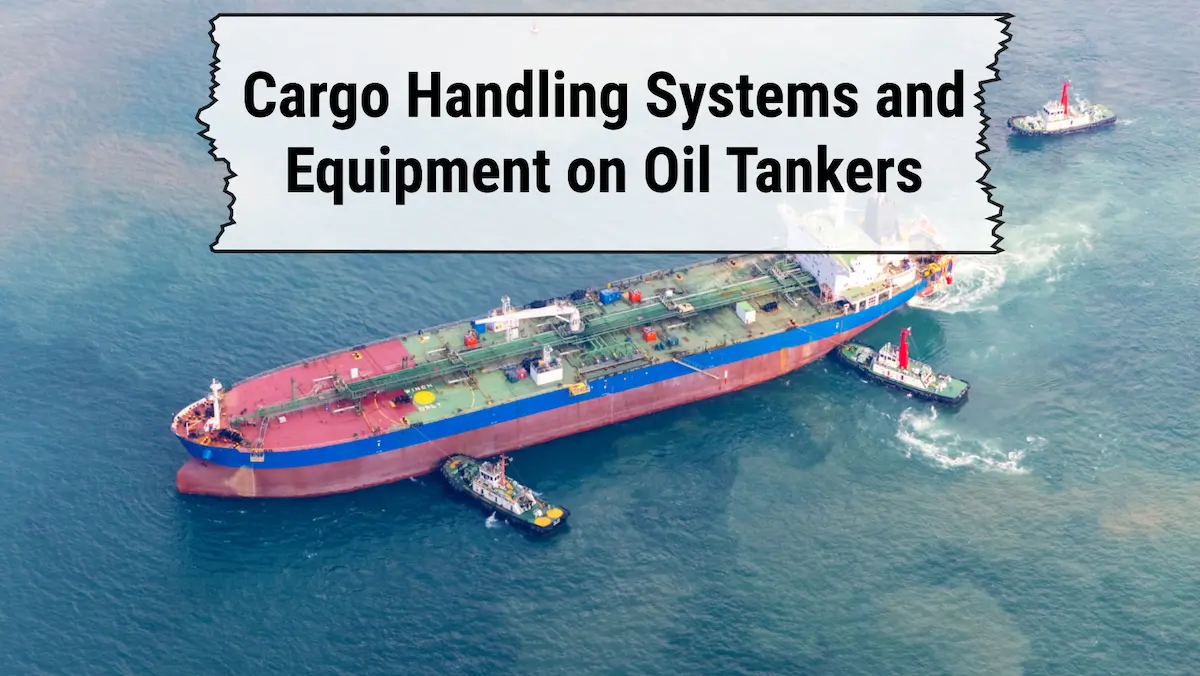Bareboat chartering is a popular activity for boating and sailing enthusiasts who want to enjoy the freedom and flexibility of exploring the open waters without the constraints of a set itinerary or pre-planned schedule. With bareboat chartering, individuals or groups can rent a yacht or sailboat and take control of their own sailing vacation.
One of the key benefits of bareboat chartering is the ability to customize the trip according to one’s preferences and budget. Bareboat charters are available in a variety of sizes and styles, from small sailboats to luxury yachts, and can accommodate different group sizes and budgets. Additionally, bareboat chartering allows individuals to choose their own destinations, set their own pace, and explore the waters at their leisure.

While bareboat chartering offers a unique and exciting way to experience the water, it is important to prioritize safety. Before embarking on a bareboat charter, it is essential to have proper training and certification, as well as knowledge of the local waterways and weather conditions.
Additionally, it is important to ensure that the yacht or sailboat is properly equipped with safety gear and that all passengers are briefed on safety procedures. With the right preparation and precautions, bareboat chartering can be a thrilling and unforgettable adventure for boating and sailing enthusiasts.
Understanding Bareboat Chartering
What is Bareboat Chartering?
Bareboat chartering is a form of boat rental where the renter takes full responsibility for the vessel, including navigation, safety, and provisions. The boat is rented without a crew, hence the term “bareboat.” The renter must have the necessary experience and qualifications to operate the vessel safely and legally.
Bareboat chartering is popular among experienced sailors who prefer the freedom and flexibility of sailing on their own terms. It allows them to explore new destinations at their own pace, without the constraints of a crewed charter.
Why Choose Bareboat Chartering?
Bareboat chartering offers several advantages over crewed chartering. Here are some of the reasons why you might choose bareboat chartering:
- Flexibility: Bareboat chartering allows you to set your own itinerary and schedule, without the constraints of a crewed charter.
- Cost: Bareboat chartering is generally less expensive than crewed chartering, as you do not have to pay for crew salaries and provisions.
- Privacy: Bareboat chartering allows you to enjoy the boat with your own group of friends or family, without the presence of a crew.
- Experience: Bareboat chartering is a great way to improve your sailing skills and gain experience in navigation, safety, and provisioning.
Bareboat Chartering vs Crewed Chartering
Bareboat chartering and crewed chartering are two different types of boat rentals, each with its own advantages and disadvantages. Here are some of the key differences between the two:
| Bareboat Chartering | Crewed Chartering |
|---|---|
| No crew provided | Crew provided |
| Renter responsible for navigation, safety, and provisions | Crew responsible for navigation, safety, and provisions |
| Lower cost | Higher cost |
| More privacy and flexibility | Less privacy and flexibility |
| Requires experience and qualifications | No experience or qualifications required |
Overall, bareboat chartering is a great option for experienced sailors who want to explore new destinations on their own terms, without the constraints of a crewed charter. It offers flexibility, cost savings, privacy, and the opportunity to gain valuable experience in sailing and navigation.
Choosing the Right Boat
When it comes to bareboat chartering, choosing the right boat is crucial for a successful and enjoyable sailing vacation. There are several factors to consider when selecting a boat, including the type of boat, boat size, and boat type.
Types of Boats
The two most popular types of boats for bareboat chartering are catamarans and monohulls. Catamarans are known for their stability and spaciousness, making them an excellent choice for families or groups of friends. Monohulls, on the other hand, are more traditional and offer a more authentic sailing experience.
Boat Size
Boat size is another important consideration when choosing a boat for bareboat chartering. The size of the boat you choose will depend on the number of people in your group, your level of sailing experience, and your budget. It is recommended to choose a boat that is slightly larger than what you think you need, as this will provide more space and comfort during your trip.
Boat Type
There are several types of boats available for bareboat chartering, including sailboats, motorboats, and catamarans. Sailboats are the most popular choice, as they offer a more authentic sailing experience and are more eco-friendly. Motorboats are another option, and they are great for those who want to cover more distance in a shorter amount of time. Catamarans are also popular, as they offer more space and stability than monohulls.
When choosing the right boat for bareboat chartering, it is important to consider your level of sailing experience, the size of your group, and your budget. By taking these factors into account, you can ensure that you choose the right boat for an unforgettable sailing vacation.
Planning Your Charter
Before embarking on a bareboat charter, it is essential to plan your trip carefully. Here are some sub-sections to consider:
Sailing Experience
Bareboat chartering requires a certain level of sailing experience. It is recommended to have at least ASA 104 Bareboat Cruising certification or equivalent experience. The charter company may also require a sailing resume to ensure that you have the necessary skills to operate the vessel safely.
Qualifications
In addition to sailing experience, the charter company may have other qualifications that you need to meet. For example, some companies require the skipper to be at least 25 years old and have a valid boating license. It is important to check with the charter company regarding their specific requirements.
Sailing Resume
A sailing resume is a document that outlines your sailing experience, qualifications, and skills. It is important to have a detailed sailing resume that includes information such as the types of boats you have sailed, the length of time you have been sailing, and any certifications or training you have received.
Itinerary
Planning your itinerary is an important part of the chartering process. Consider the length of your trip, the number of people in your party, and your desired destinations. It is also important to consider the weather and sea conditions in the area you will be sailing.
Provisioning
Provisioning refers to the process of stocking the boat with food, drinks, and other supplies. It is important to plan your provisioning carefully to ensure that you have enough supplies for the duration of your trip. Some charter companies offer provisioning services, while others require you to do it yourself.
Overall, planning your bareboat charter requires careful consideration of your sailing experience, qualifications, sailing resume, itinerary, and provisioning. By taking the time to plan your trip carefully, you can ensure a safe and enjoyable experience on the water.
Safety and Comfort
When it comes to bareboat chartering, safety and comfort are paramount. Before setting out on a sailing adventure, it’s important to ensure that the boat is equipped with the necessary safety equipment and that passengers are comfortable with the amenities provided.
Safety Equipment
A bareboat charter should always come equipped with the necessary safety equipment to ensure the safety of all passengers. This includes life jackets for all passengers on board, as well as a first aid kit and fire extinguishers. It’s important to ensure that the life jackets are the correct size and fit for each passenger, and that they are easily accessible in case of an emergency.
Comfort and Amenities
In addition to safety equipment, it’s important to consider the comfort and amenities of the boat. This includes towels, a galley, refrigerator, and toilet paper. Towels should be provided for all passengers, and the galley should be equipped with all necessary cooking supplies and utensils. A refrigerator is also important for storing food and drinks, and toilet paper should be provided in the bathroom.
When it comes to comfort, it’s important to ensure that passengers have enough space to move around and relax. This includes comfortable seating areas and sleeping quarters. It’s also important to ensure that the boat has adequate ventilation and air conditioning to keep passengers cool and comfortable in hot weather.
Overall, safety and comfort should be top priorities when embarking on a bareboat chartering adventure. By ensuring that the boat is equipped with the necessary safety equipment and that passengers are comfortable with the amenities provided, everyone can enjoy a safe and enjoyable sailing experience.
Charter Vacation Logistics
When planning a bareboat charter vacation, there are several logistics to consider. This section will cover the most important ones.
Budget
It is important to set a budget before embarking on a bareboat charter vacation. The cost of a bareboat charter varies depending on the location, boat type, and duration of the charter. Some additional costs to consider include fuel, provisioning, and marina fees. It is recommended to research different charter companies and compare prices to find the best deal.
Deposit
Most charter companies require a deposit to secure a reservation. The deposit amount varies depending on the company and the boat type. It is important to carefully read the terms and conditions of the charter agreement to understand the deposit requirements and refund policies.
Insurance
Charter companies typically offer insurance coverage for the boat and equipment. It is important to understand what the insurance covers and what is excluded. Some insurance policies may require an additional fee or security deposit.
Cleaning and End Cleaning
Charter companies require boats to be returned in the same condition as they were received. This includes cleaning the interior and exterior of the boat. Some companies offer a cleaning service for an additional fee. End cleaning is a mandatory fee charged by the charter company to ensure the boat is thoroughly cleaned after the charter.
Cancellation
It is important to understand the cancellation policy of the charter company. Most companies have a strict cancellation policy and may charge a fee for cancellations. It is recommended to purchase trip cancellation insurance to protect against unforeseen circumstances.
Terms
The charter agreement outlines the terms and conditions of the charter. It is important to carefully read and understand the terms before signing the agreement. Some important terms to consider include liability, damage, and maintenance responsibilities.
Proof of Qualifications
Charter companies require proof of qualifications to ensure the charterer has the necessary skills and experience to safely operate the boat. Qualifications may include a sailing license, boating certification, or previous charter experience.
Credit Card
Most charter companies require a credit card for the security deposit and payment of additional fees. It is important to ensure the credit card has sufficient funds to cover the deposit and fees.
In summary, planning a bareboat charter vacation requires careful consideration of several logistics. It is important to set a budget, understand the deposit and cancellation policies, ensure proper insurance coverage, and carefully read and understand the terms and conditions of the charter agreement.
Popular Charter Destinations
Bareboat chartering has become increasingly popular among boating and sailing enthusiasts around the world. With so many destinations to choose from, it can be overwhelming to decide where to go for your next adventure. Here are some of the most popular charter destinations to consider:
Caribbean
The Caribbean is a top destination for bareboat chartering due to its warm weather, crystal-clear waters, and stunning beaches. Some of the most popular destinations in the Caribbean include the British Virgin Islands, St. Martin, and the Grenadines. These destinations offer a variety of sailing routes, from short island hops to longer passages between different islands.
Mediterranean
The Mediterranean is another popular destination for bareboat chartering, with its rich history, beautiful landscapes, and diverse cultures. Greece is one of the most popular destinations in the Mediterranean, offering a wide range of sailing routes and stunning scenery. Other popular destinations in the Mediterranean include Italy, Croatia, and Turkey.
British Virgin Islands
The British Virgin Islands (BVIs) are often referred to as the “Bareboating 101” destination. The BVIs offer calm waters, easy navigation, and plenty of anchorages, making it an ideal destination for novice sailors. The BVIs are also home to some of the most beautiful beaches in the Caribbean, including the famous White Bay Beach on Jost Van Dyke.
Greece
Greece is a popular destination for bareboat chartering due to its rich history, stunning scenery, and warm weather. The Greek islands offer a variety of sailing routes, from short island hops to longer passages between different islands. Some of the most popular islands to visit include Santorini, Mykonos, and Crete.
St. Martin
St. Martin is another popular destination for bareboat chartering, offering a unique blend of French and Dutch cultures. The island is home to some of the most beautiful beaches in the Caribbean, as well as a variety of restaurants, bars, and shops. St. Martin is also a great destination for snorkeling and diving, with plenty of coral reefs and shipwrecks to explore.
European Destinations
In addition to Greece, there are several other popular bareboat charter destinations in Europe. Italy is a popular destination for those looking to explore the Amalfi Coast or the islands of Sardinia and Sicily. Croatia is another popular destination, offering a wide range of sailing routes and stunning scenery. Other popular European destinations include France, Spain, and Portugal.
Worldwide Destinations
Bareboat chartering is not limited to the Caribbean and Mediterranean. There are a variety of other destinations around the world that offer great opportunities for sailing and boating enthusiasts. Some popular worldwide destinations include Australia, New Zealand, Thailand, and the Seychelles.
When planning your next bareboat charter, consider one of these popular destinations for a memorable and exciting adventure on the water.
Conclusion
In conclusion, bareboat chartering is an excellent way to explore new cruising grounds and enjoy boating and sailing recreation without the need for a set itinerary or pre-planned schedule. It offers the freedom to decide on as many or as few overnight stops and daytime anchorages as you like and take time to make the most of every destination on your list.
Bareboat charters are available in popular areas around the world, and also in local waters via sailing or boat clubs that offer everything from daysailers to 25-foot bowriders and pontoon boats. Most charter companies will help you select a vessel for specific dates and offer partial or full provisioning.
It is essential to have the necessary qualifications or solid sailing experience in the past to rent a well-equipped yacht with no crew or provisions provided as part of the agreement. Vessel owners have a favorable opinion of bareboat charters because their liability is significantly reduced.
Before embarking on a bareboat charter, it is crucial to research the charter company, the vessel, and the cruising grounds. It is also essential to have a thorough understanding of the terms and conditions of the charter agreement, including insurance coverage, security deposits, and cancellation policies.
By following these guidelines, bareboat chartering can be a fantastic way to experience the joys of boating and sailing recreation, rentals, and charters. It offers the freedom to explore new destinations, create unforgettable memories, and enjoy the beauty of the open water.
- LNG vs. LPG: A Comprehensive Guide to the Difference between LNG and LPG – November 5, 2024
- Cargo Handling Systems and Equipment on Oil Tankers – November 5, 2024
- What is Ship Tonnage? All Types and Use Explained! – October 30, 2024



